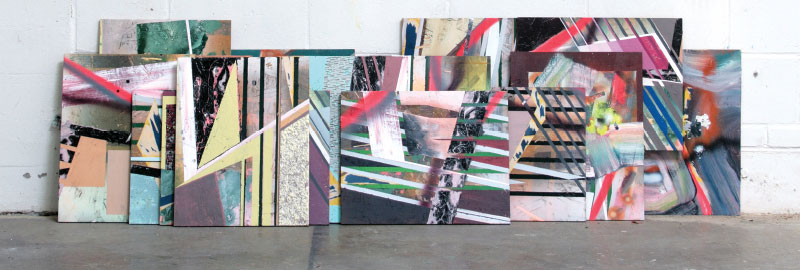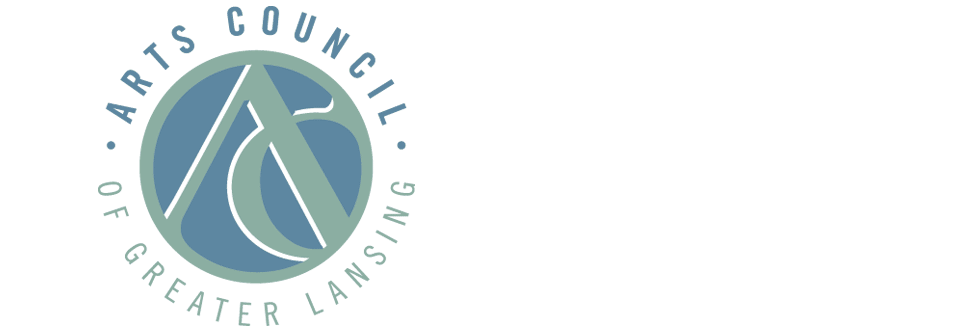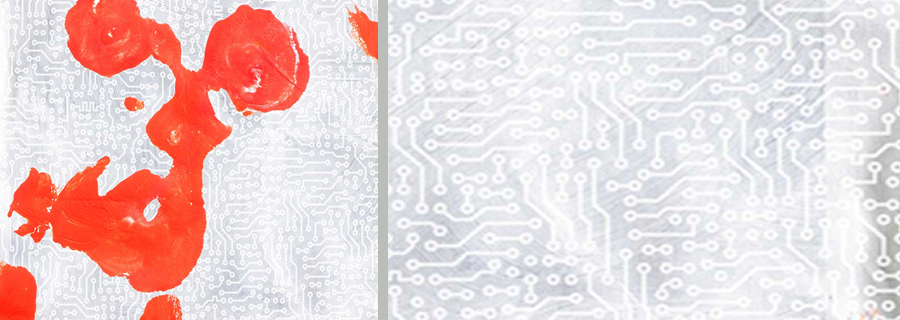A body of work by Kaye Krapohl is on display June 1-July 30, 2012 at MICA Gallery! Join us Sunday, June 3, 12-4 pm for the opening reception—or come view “Boundaries” anytime in June or July.
Download the show poster.
[tabs slidertype=”images” fx=”slide” auto=”yes”] [imagetab width=”550″ height=”900″]http://www.micagallery.org/wp-content/uploads/2012/05/blue-sky_550-x-900-px.png[/imagetab] [imagetab width=”550″ height=”900″]http://www.micagallery.org/wp-content/uploads/2012/05/consumerable_550-x-900-px.png[/imagetab] [imagetab width=”550″ height=”900″]http://www.micagallery.org/wp-content/uploads/2012/05/exposed_550-x-900-px.png[/imagetab] [imagetab width=”550″ height=”900″]http://www.micagallery.org/wp-content/uploads/2012/05/pushbutton550-x-900-px.png[/imagetab] [imagetab width=”550″ height=”900″]http://www.micagallery.org/wp-content/uploads/2012/05/subconscious_550-x-900-px.png[/imagetab] [imagetab width=”550″ height=”520″]http://www.micagallery.org/wp-content/uploads/2012/05/digital-girl_550-x-520-px.png[/imagetab] [/tabs]
“All the fingerprint paintings are done without a grid.”
Chuck Close
This Body of Work:
This show is intended to provoke individual opinions about the consequences of the pervasive creation of boundaries in today’s world. Not just governmental and economic boundaries, but also the boundaries we choose for ourselves, such as where we live and how we use technology. The institutionalized creation of a disconnect from each other and from ourselves. People might look at this work and see the content as figurative art, abstract, or sexual. I can’t control how people view it; that is my boundary. What are yours?
Kaye Krapohl
More on Boundaries:
The combination of juxtaposing body prints with elements of modern grid/technology is meant to be raw and sometimes beautiful, but it is intended to provoke individual opinions. People might look at this work and see the content as figurative art, abstract, or sexual.
This work is a response to the consequences of boundaries that exist in today’s world: Not just governmental and economic boundaries, but also the boundaries we choose for ourselves—such as where we live and how we use technology—iPhones, Facebook, and computers. Making life easier for ourselves through the use of technology actually creates a boundary from ourselves and our resourcefulness. We have cars that now “park for us.” We don’t have to ask anyone for directions; a voice on a GPS unit has replaced that person. We can “friend” and “unfriend” people in one click. Roads have become boundaries that dictate where we can and cannot cross to the other side, or the “other side of the tracks.” Towns are cut into sections based on economic status with less and less priority given to interpersonal accessibility. UPC and QR codes allow us to scan our own purchases and eliminate any need for human interaction with cashiers. This automation has contributed to a loss of jobs, widening the fissure between the “haves” and “have nots.” We are grouped into categories of consumers rather than individuals. Our private information is harvested, then bought and sold without our knowledge or consent. Ironically, this work is reproduced digitally, providing yet another layer of disconnect from the visceral textures of the paint and paper.



